So in the last post in the series we talked about coke; where it comes from, how it’s made, and why we need it to make steel. This post is going to cover the raw materials of the steel making process. We’ll discuss the different types of iron ores, scrap iron and steel, and a fairly new thing called sponge iron or direct reduced iron; DRI for short. So lets get on with the mansplaining.
Steel it the most recyclable material on the planet. It gets used everywhere and just about in everything. Even though steel is indefinitely recyclable about 70% of all steel produced is made from iron ore. Because steel is incredibly durable, steel structures and products last for a considerable amount of time and don’t get turned in to scrap at the same rate that new steel is needed, so… we have to constantly make new steel.
Intro
There are two different sources from which steel is made:
Iron ore is converted into pig iron through the use of science. The pig iron is then converted into steel through the use of more science. This will be further discussed in follow on posts.
Scrap Iron and steel are melted in an electric arc furnace and then recast into new steel.
There was only two methods, I just wanted to see if you were paying attention…
So the first method is an update to the original way from which steel was made. Iron ore is dug out of the ground and then processed into uniform pellets and then dumped into a blast furnace. By turning the ore into pellets, the ore is a uniform consistency and a uniform size, which makes for more consistent furnace operation. This uniformity makes the furnace operation more efficient overall.
The second method is a fairly newer way of making steel and gained popularity in the 1950’s once the electric arc furnace technology was perfected and made more easily accessible. This method is used to melt scrap iron and steel and then recast the liquid into billets, blooms, or slabs, which are then rolled into new steel. I’ll go further into this in a later post where I mansplain the “mini mills” and electric arc furnaces.
Iron Ore
Ok so what is iron to begin with? Iron in it’s purest form is an element. Elements are substances that can’t be reduced down to anything else. It’s just iron. The only source of pure iron found on the earth comes from meteors which get busted up when they hit the earth’s atmosphere and when they impact the earth’s surface. These iron rocks can be found around meteor impact craters as well as just laying around on the ground. The earliest metal workers learned that this certain type of rock could be softened and beaten into tools when heated and this became the beginnings of the blacksmith and founder.
Iron ore is a mineral which is made up of different elements and is found in the earth and on the earth. Minerals are produced in the earth through geological processes and were deposited when the earth was cooling after it was formed. Typically, the purest forms of iron ore contain mostly of iron and oxygen atoms which are bonded together. The less pure forms contain other minerals and impurities that have to be refined out before the ore is smelted in a blast furnace.
Generally speaking, there are various forms of iron ores that are found in the earth which can be used to make iron and steel: magnetite, hematite, limonite, pyrite, magnetic hematite, goethite and amirite. Amirite isn’t an ore, its just something that we say when we want other folks to agree with something we’ve said. Amirite? If a mineral has the suffix “ite” at the end of its name then it means that mineral’s molecules contain an oxygen atom. This will be important to remember later when I mansplain how the blast furnace works.
The iron ores which are most commonly used in the iron and steel making bidness are magnetite and hematite. The largest deposits of ore are currently found in Australia, Brazil, and China. At one time we had large deposits of high quality ore here in the US but that whole WW2 experience pretty much wiped out our high quality ore deposits so here in the US we use an ore known as Taconite. The largest deposits of which are found in Minnesota.
Taconite is low grade iron ore that comes from sedimentary rock formations. The formations are made up of magnetite mixed in with the ingredients of river sand and then compressed over time to form sedimentary rocks, like sandstone. The rocks are pulverized into powder and the magnetite is extracted with magnets and then combined with some other stuff and compressed into pellets.
Ore extraction
The earliest forms of iron work came from meteoric iron, which is iron meteor pieces that were found just laying around on the ground. Meteoric iron is a pure from of iron and can be found laying around on the earth’s surface and looks like some pretty interesting rocks. It was found that when these rocks were heated up and beat on with whatever they had to beat things with, the rock would deform and eventually tools could be made from these rocks.
The earliest metal that was worked in scale was copper during the period known as the bronze age. The iron age followed after and I can only assume that the bronze tools are what allowed iron tools to be developed and the iron age to become a thing. The development of steel followed after it was discovered that iron could be refined into a more pure form and after more durable tools were made developed from iron.
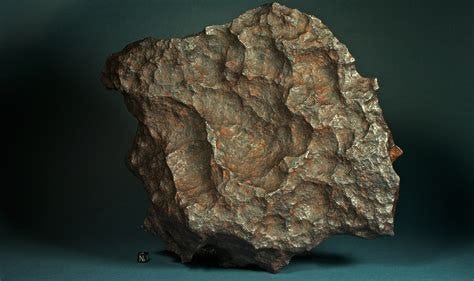
It is thought that the early folks discovered iron ores after using a charcoal fire to cure pottery. Because of the heat of a charcoal fire, iron in the clay would smelt out of the clay and would form small pellets. Well since these early folks didn’t have antisocial media, YouTube, tic-toc, or propaganda news panic porn to distract them from observing the world they lived in, they noticed these pellets and collected them to see what they were all about. After enough pellets were put together and heated, they would melt and form a solid piece of hard stuff. This hard stuff could be worked and shaped when it heated to a significant enough temperature and then tools could be made from the hard stuff. Thus the beginnings of iron refining.
The small pellets were minute pieces of iron ore that was in the sand which made up the clays used in pottery. It’s the black sand that we see on creek beds and is the ore known as magnetite. The original samurai swords was made from magnetite gathered from beach sand and melted together. Magnetite is still mined from beach sand to this day, though its pretty tough on the environment.
Ores are extracted from mines, typically open pit mines but some underground mines as well. The ore is dug out of the ground by incredibly large machines and then transported to the processing plants by some of the largest dump trucks ever built. At the processing plants, the ore is crushed, refined and then pelletized and then loaded onto rail cars and bulk freighters to be delivered all over the world.
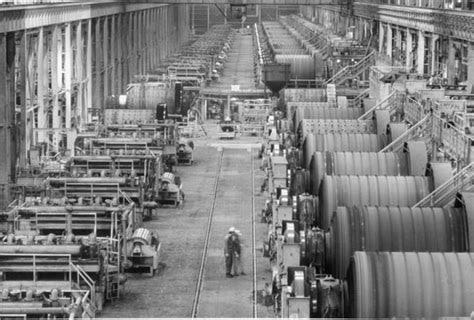
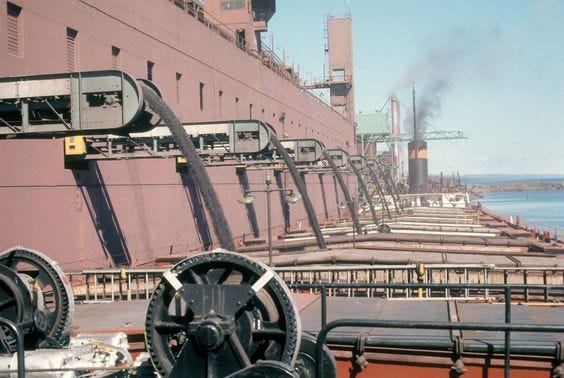
So that’s that for the discussion on iron ore. There is a ton more that can be said about the mining process but I thought that might take away from what I’m trying to do with this series, so I left it out. Mining is one of those things that seems simple but is actually pretty complex once you start reading about it. Perhaps that could be another series to write at another time.
Scrap iron and steel
The majority of steel production comes from converting iron ore into steel and iron, something on the order of 70%. The other 30% comes from recycling scrap steel and scrap iron. This is primarily done in smaller “mini mills” where scrap is loaded into a furnace, gets melted, and then cast into blooms, billets, or slabs, but the larger integrated steel mills use scrap steel and iron as well, but to a much smaller degree.
We tend to think of scrap as trash or junk to be discarded but there is much more to this stuff than we normally think. Scrap iron and steel are a commodity and is traded all over the world. One of the US’s biggest exports to china used to be scrap steel and iron, which they then used to make stuff to sell back to us at low prices and lower quality… That changed several years ago and china know longer imports our scrap, which is actually a good thing. We need to keep our scrap iron and steel and not sell it to other countries that hate us. China sucks… just sayin’.
Ok so I keep mentioning scrap iron and steel and that my have made you wonder why. Steel and iron are not the same thing. Well… they kinda are but not really. Iron as produced in blast furnace contains a high amount of carbon. Carbon becomes trapped inside iron as a result of the refining process and this carbon makes the iron, known as pig iron, incredibly hard, but incredibly brittle. Iron gets further refined when used to make cast iron products but even that refined iron contains too much carbon for it to be as beneficial as steel.
Steel is a refined alloy of iron. Iron is processed into steel through the removal of nearly all carbon contained in the iron. After the iron has been purified, certain alloying minerals and measured amounts of carbon are added to the “melt” depending on what grade of steel is being produced. One of the determining factors in what makes a steel a certain type and grade is how much carbon is contained in the steel.
With all of the various steels that are available, the scrap steel has to be sorted and analyzed in order to ensure what type and grade is being used. The scrap is sorted based on type and size and falls into about 15 different categories based on size, thickness, and composition. There is even a category for all the metal shavings that come from machine shops as those have value as well.
The composition of the steel is determined by the use of hand held analyzers which use science to determine the composition the metal in question. I tried reading about how these analyzers work but the reading got complicated really quickly so I’ll just leave it alone for now…
Processing the scrap steel can be done in several different ways and it all depends on the classification of the steel. For instance, some steel is fairly thin and can be shredded into smaller pieces. Things like appliances, sheet metal, and entire cars are dropped into a giant shredding machine, which is basically just like a paper shredder, and cut steel into pieces, called shred. The shred is collected by a magnet and dumped into a compactor, which compresses the shred into cubes. The cubes are stacked in a pile, where they wait to be loaded into scrap trailers or gondola rail cars and delivered to steel mills.
The larger and thicker pieces, which are too big for the shredder are usually sheared into smaller chunks using hydraulic shearing machines.
The pieces that are too large for the shredders and the shears are usually cut to size by hand using cutting torches.
Scrap iron is sorted out from the scrap steel and is then placed into it’s own special pile. There are about 4 different categories for scrap iron depending on its size. The scrap iron can go to two different places to be reused, a foundry or a steel mill. The scrap iron can be melted down and used to make new cast iron parts but it is also used in steel mills as a way of adding a controlled amount of carbon into a batch of new steel. Processing is usually done with shears and cutting torch to cut large casting to a smaller size.
That’s all I have to say about that…
Direct Reduced Iron (DRI)
Direct reduced iron is a fairly new form of iron that can be used to make steel in an electric arc furnace. That is really all that I am going to say about this material for the moment. To really explain DRI would take me into blast furnace operation and electric arc furnace operation and I don’t want to get ahead of myself… plus I don’t know much more about it other than what I just mentioned and I need to bone up on my DRI knowledge before mansplaining it to everyone else. So for the moment, just remember that there is a important thing known as direct reduced iron to add the discussion and that it will be covered later, perhaps in its own post.
Conclusion
So… this has been a quick tour through a fairly boring but necessary part of the steel making process. Next we will be moving on to discussing the mini mills since they are a somewhat simpler facility and process than the large integrated steel mill complexes. The mini mills should be able to be covered in one post where as the integrated mills will probably take a couple posts to cover. I hope that you’ve enjoyed this part of the discussion and will continue to follow along through this series.
As always, thank you reading my work. Please feel free to like and subscribe and leave a comment below. There is no charge to subscribe and you can leave whenever you want. I hope that you have a blessed day.
Fair winds and following seas,
Nate




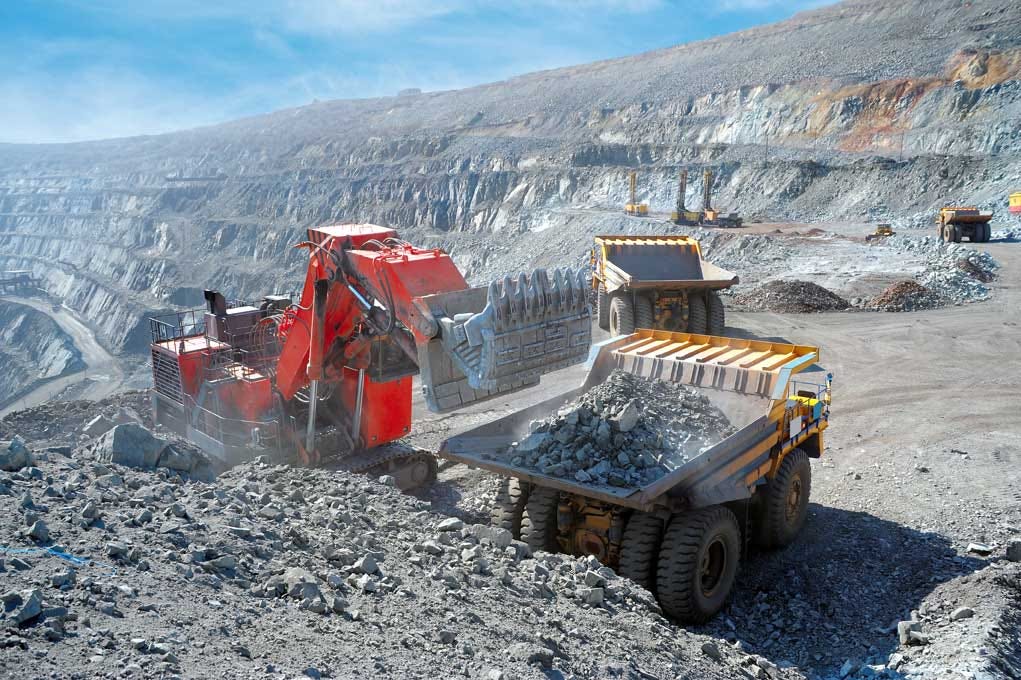
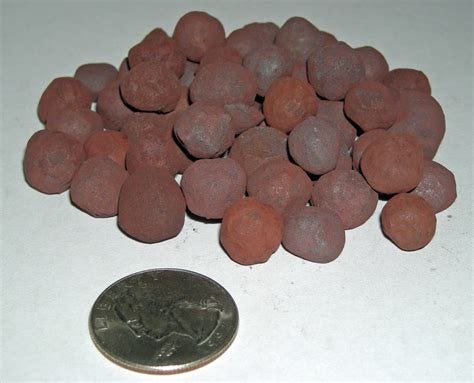

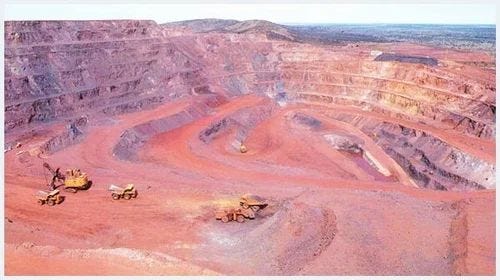
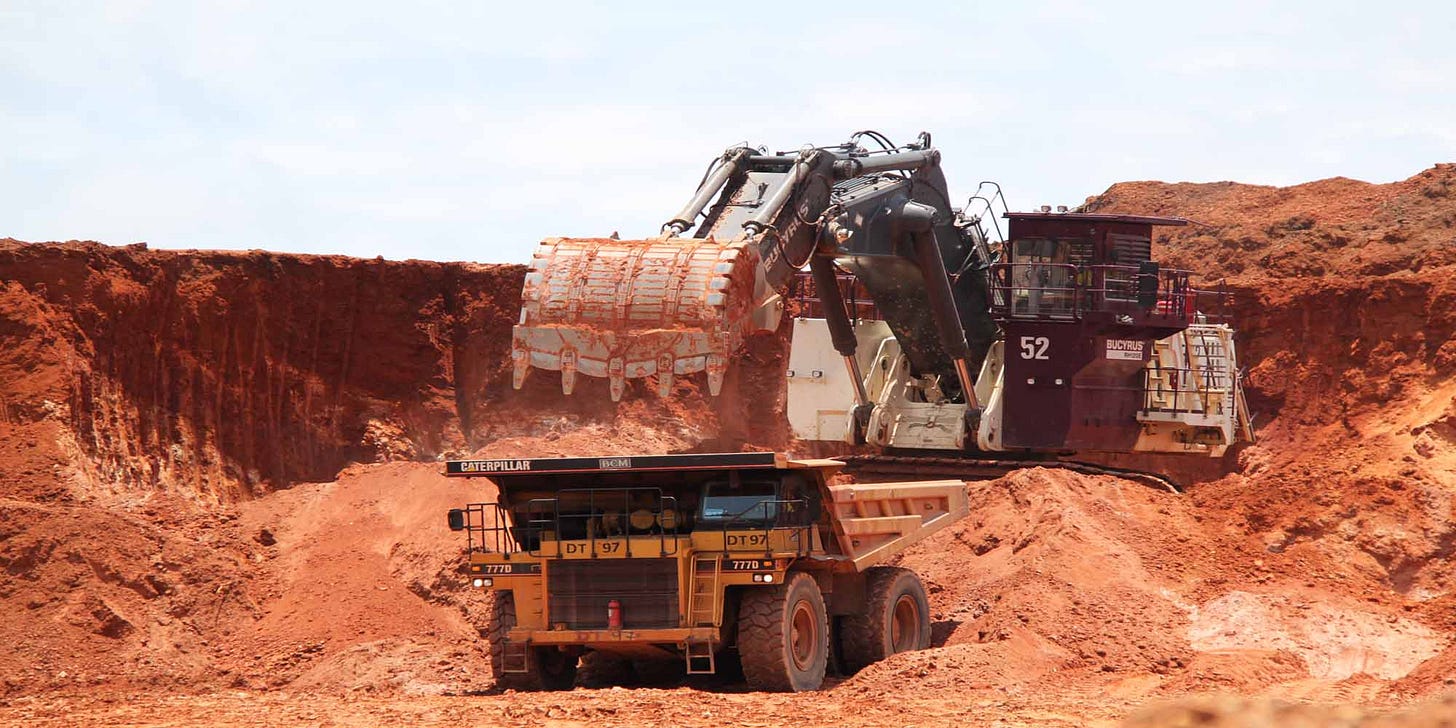


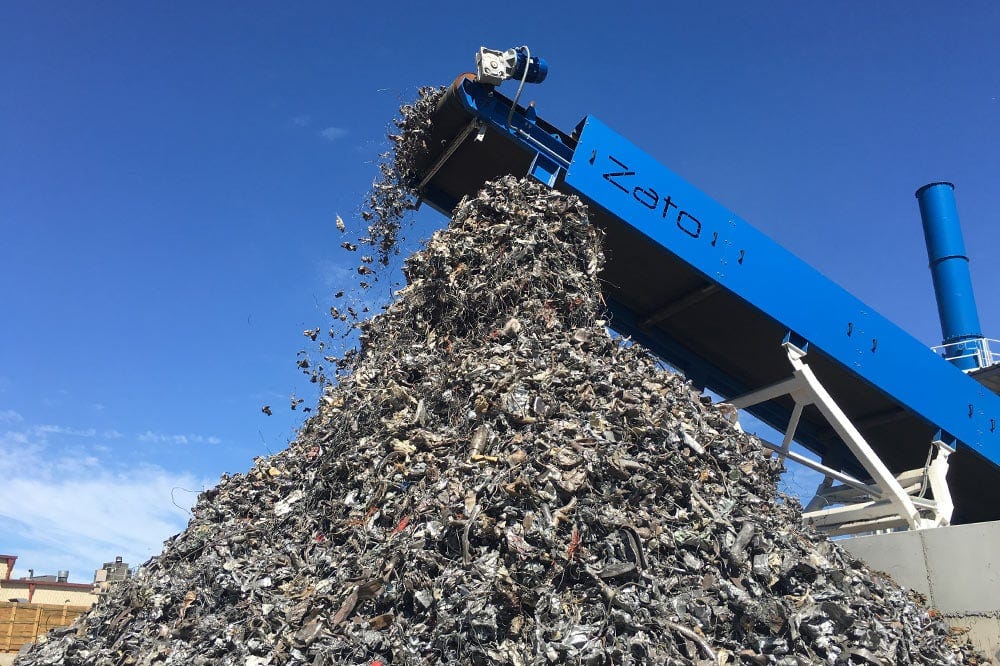
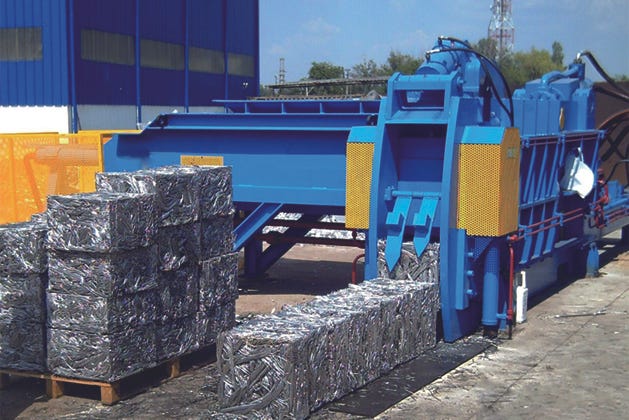
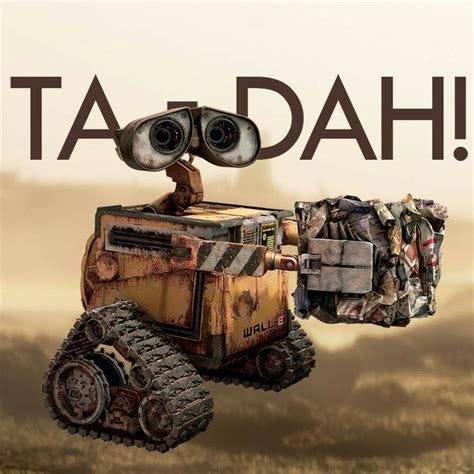
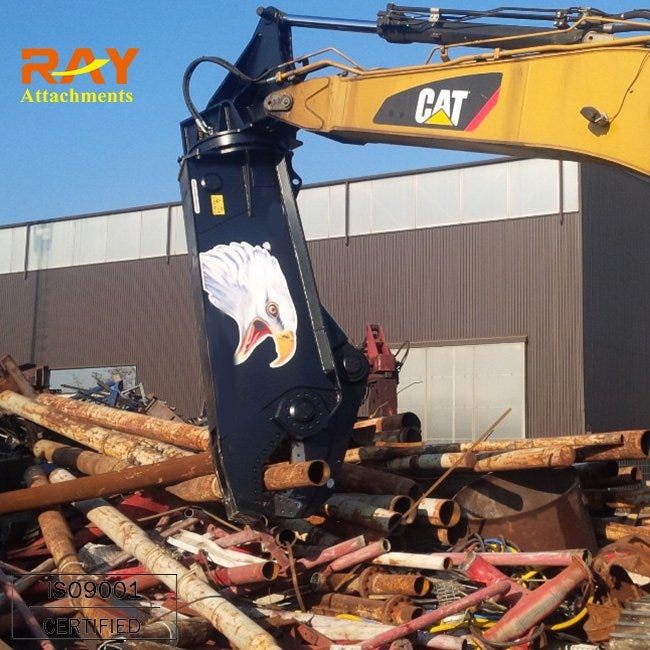
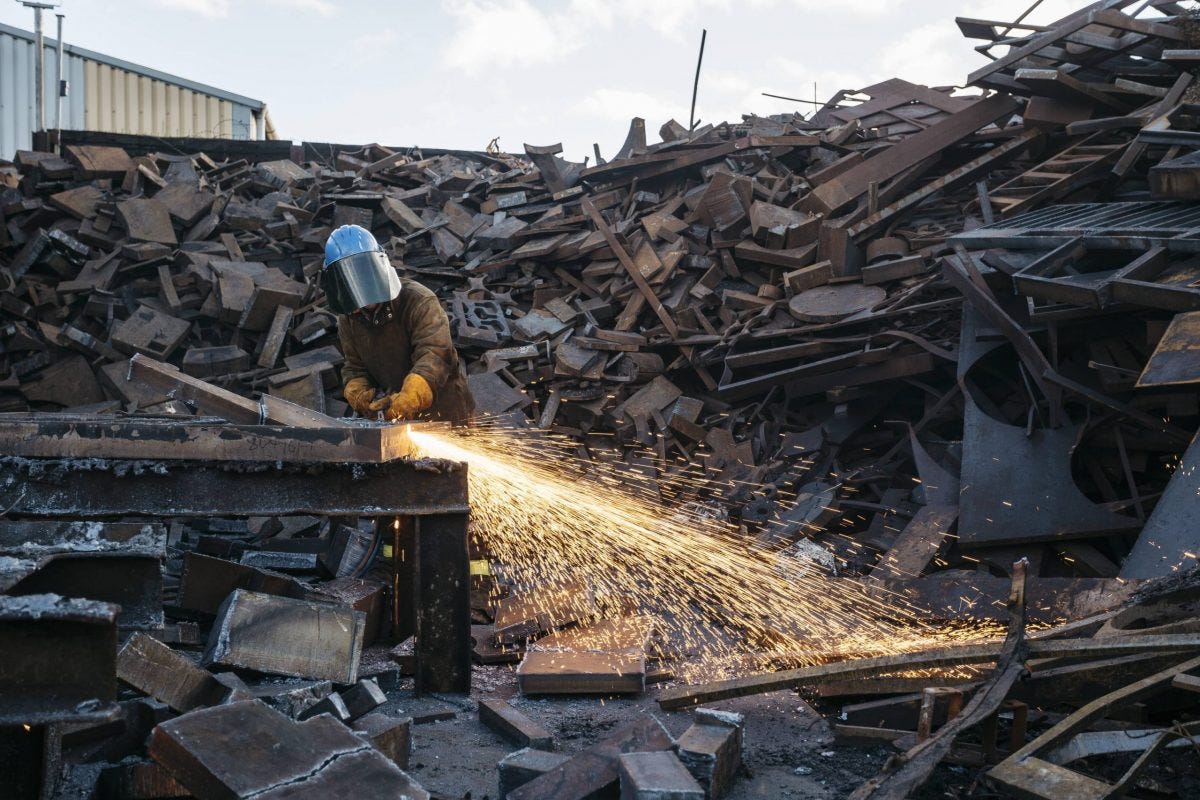
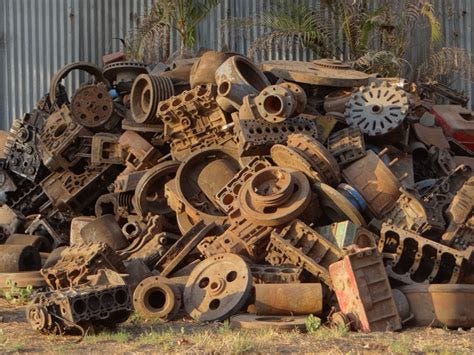

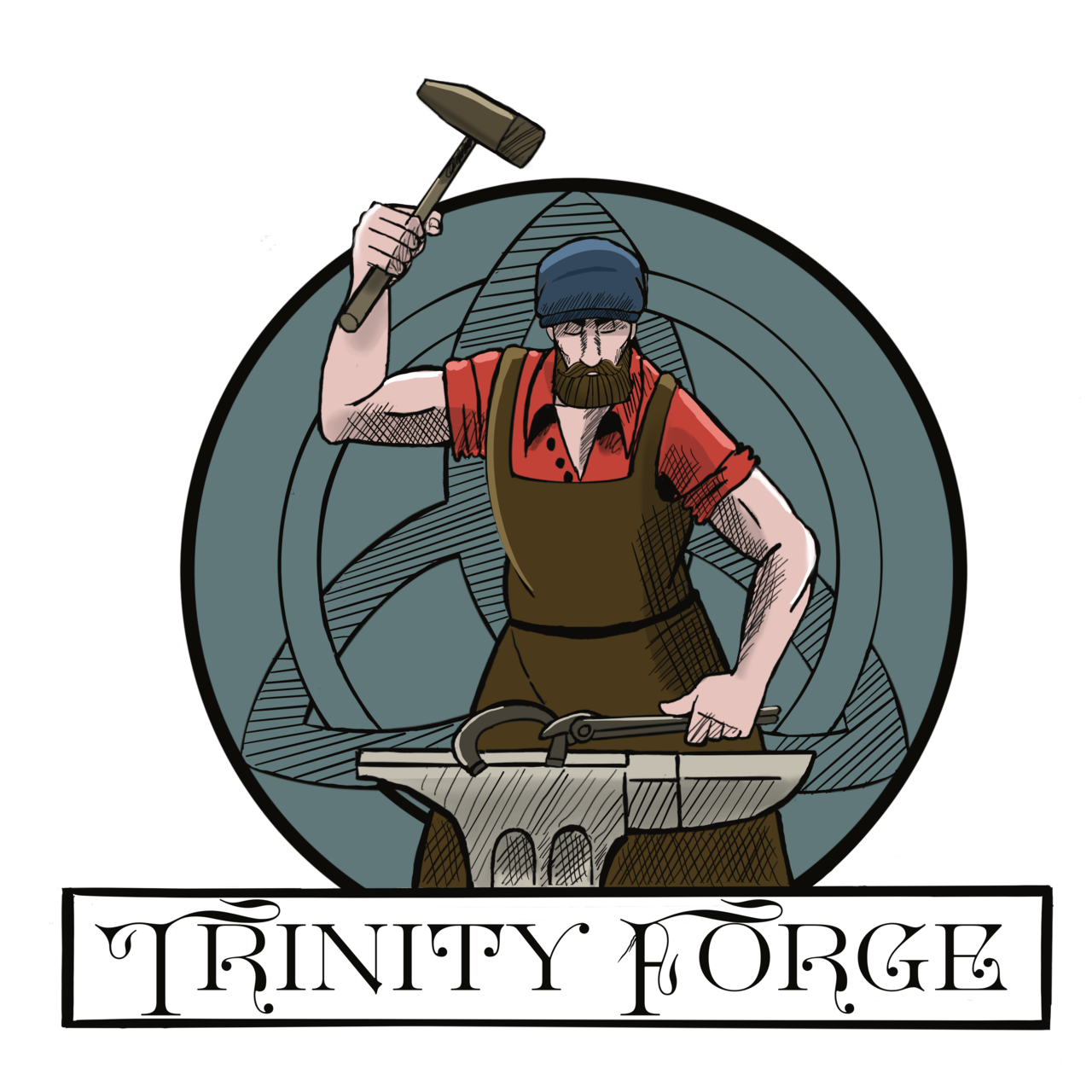

Very good explanation of the iron/steel making processes. I have work in the mini mill process for about 25 years. Scrap steel is the life blood of these operations. Just a little info on shredders; the on I work on could shred 100 tons per hour, the motor that ran the thing was 8000 hp at 498rpm. The rotor and hammers (the thing that chews up the cars and school busses) weighed about 60,ooo lbs. that thing was an absolute beast and I’m am sooo glad I don’t have to work on it no more!!!
Fine job on this post!!!
I’m gonna us the “Amirite” in my next staff meeting!!!